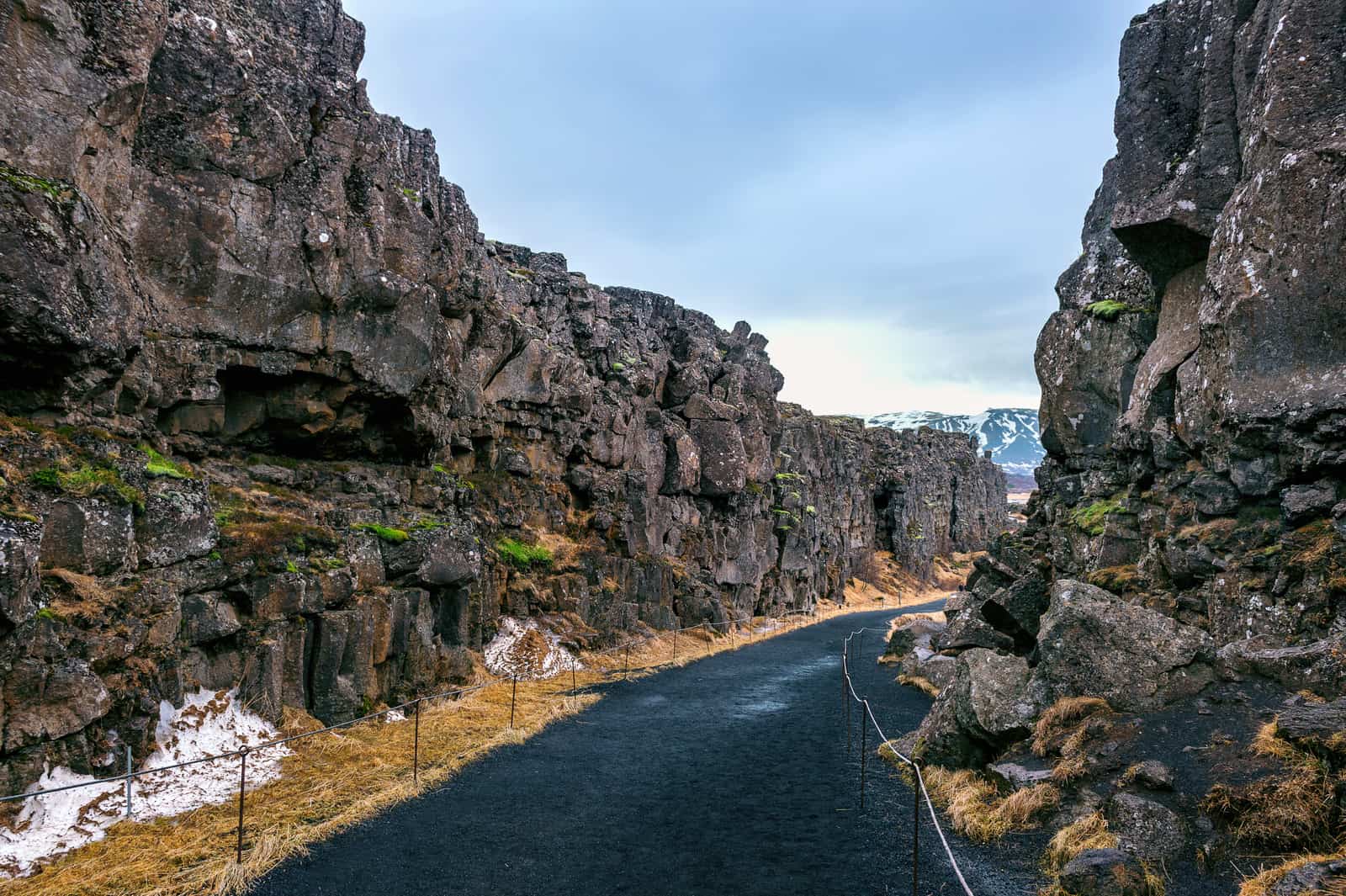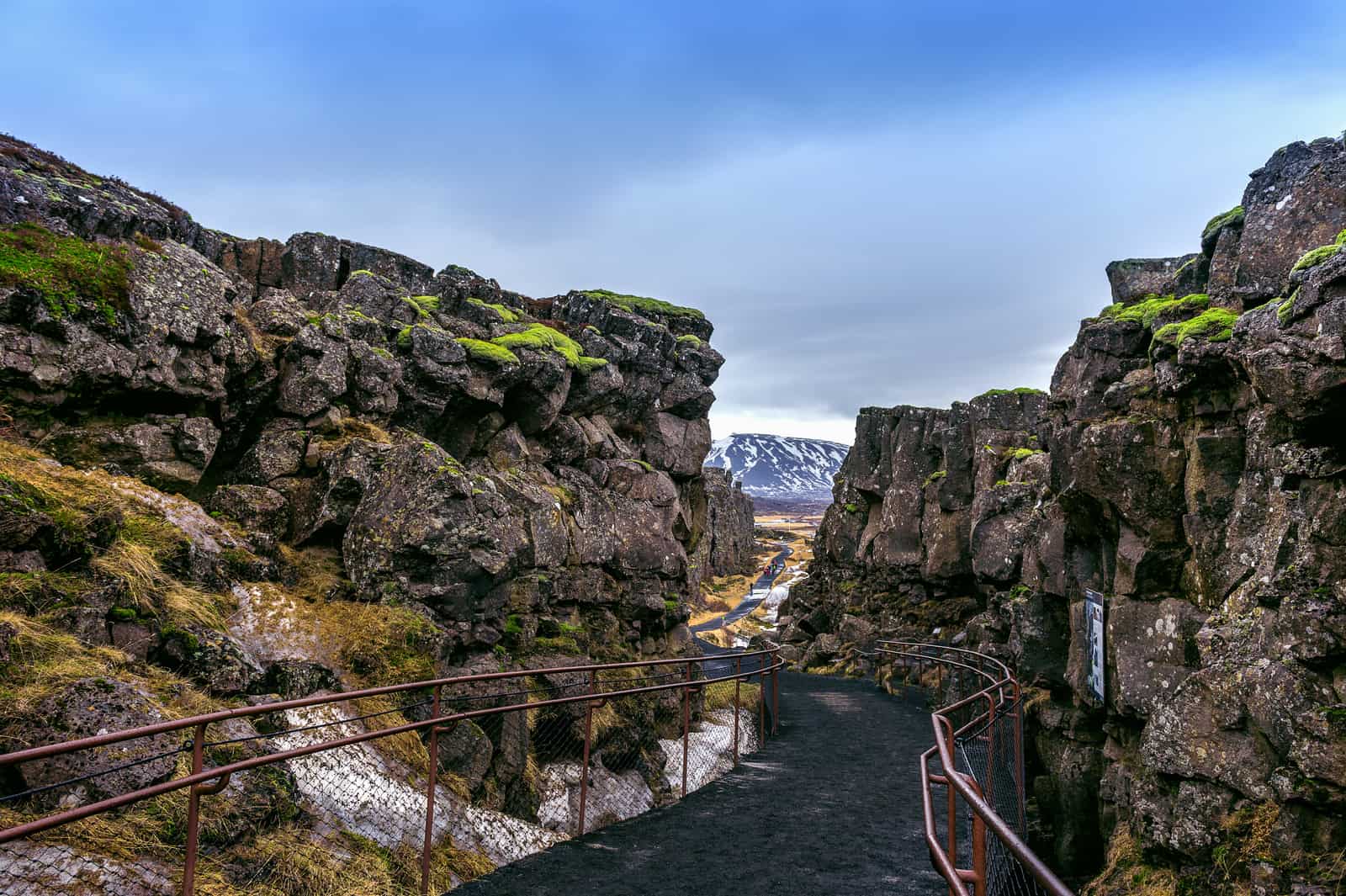
Interesting Tectonic Plates Facts and Explanation for Kids
The ground we stand on is hard and stable beneath our feet. The mountains we see look firm and unchanging. It is hard to believe that the land has changed and is constantly changing, but it is the truth.
Millions of years ago, the Earth was not the same as it is today, and in millions of years, it will not be the same as it is today. The landforms around us change constantly but slowly, which explains why we don’t notice. In fact, even the land beneath our feet is constantly moving, but we never feel so.
How does that happen? It is the tectonic plates. Keep reading to understand what tectonic plates are and how they affect the Earth.
What Are Tectonic Plates?
Before we get to the definition of tectonic plates, we need to learn about the structure, or components, of Earth.
The Earth is made up of three layers: the core, the mantle, and the crust.
- The crust is the hard surface of the Earth on which plants, animals, and people live.
- The mantle is the layer beneath the crust, and it has two parts: the upper mantle and the lower mantle. The upper mantle is a rocky part, and when it combines with the crust, they both form a layer called the lithosphere. The lower mantle is the deeper part of the mantle which is molten and has hot rocks that can stretch and mould; this part of the mantle is called the asthenosphere.
- The core is the centre of the planet. It is very hot and dense, and it is made of chemicals like iron and nickel. The core has an outer layer that is liquid and an inner one that is solid.
Deep within the Earth, heat rises slowly from the core through the mantle until it finally reaches the crust. The heat moves the mantle making it rise beneath the crust before it spreads sideways and then cools again. Once it cools down, it sinks again.
This movement is slow but constant, which causes the lithosphere to break in many places. The lithosphere breaking in turn divides the Earth’s crust into what is called tectonic plates.
So, we can define tectonic plates as follow:
Tectonic plates, also known as crustal plates, are broken pieces of solid rock made from the Earth’s crust or lithosphere. All land and water on Earth sit on these plates.
So, tectonic plates are huge and fragile parts of the Earth’s surface that cover the entire Earth. They make up the “puzzle pieces” of the Earth that fit together to form the land. The plates are constantly moving and shifting in different directions due to the heat in the Earth’s mantle.

Type of Tectonic Plates
Tectonic plates have two main types: oceanic and continental.
- Continental plates are made up of what is called “sial,” which is a continental crust made up of silicon and aluminium.
- Oceanic plates are made up of what is called “sima,” which is an oceanic crust made up of silicon and magnesium.
The oceanic crust is denser than the continental crust.
Major and Minor Tectonic Plates
Some tectonic plates are large, and others are smaller. There are seven major tectonic plates and some other smaller ones.
The seven major plates are:
- The African Plate
- The Antarctic Plate
- The Eurasian Plate
- The North American Plate
- The South American Plate
- The India-Australian Plate
- The Pacific Plate
Some of the minor plates are:
- The Arabian Plate
- The Caribbean Plate
- The Nazca Plate
- The Scotia Plate
Plate Boundaries
Plate boundaries are the points where tectonic plates meet and interact as they move. At plate boundaries, the movement of tectonic plates causes changes in the surface near the boundaries.
There are three different types of plate boundaries according to how the plates move and shift:
1- Divergent Plate Boundaries
At divergent boundaries, two plates separate and move away from each other. In other words, they are being pushed apart. This causes what is called a “rift” on land where this boundary is found. Divergent plate boundaries often cause the creation of new crust.
2- Convergent Plate Boundaries
At convergent boundaries, two tectonic plates move towards each other. In other words, they are being pushed together.
There are two cases. First, the edge of one plate may slide under the other and be destroyed, which is called subduction. Otherwise, the edges of the two plates may rise up and form mountains.
3- Transform Plate Boundaries
At transform boundaries, two tectonic plates slide horizontally past each other. In other words, they both move side by side. So, there is no new crust created or destroyed at transform boundaries. These boundaries sometimes create what are called fault lines.

Earthquakes
Earthquakes are shaking, rolling or sudden shocks on the surface of Earth. But what causes Earthquakes?
Earthquakes sometimes occur because of the movements of tectonic plates at the plate boundaries, but there are other natural or human causes of earthquakes.
The earthquakes that occur because of the movements of tectonic plates are called tectonic earthquakes. Here is how tectonic plates cause earthquakes:
1- Divergent Plate Boundaries Movement
Earthquakes can occur at divergent plate boundaries when the tectonic plates move away from each other and create a rift. This rift can cause an earthquake.
2- Convergent Plate Boundaries Movement
Earthquakes can occur at convergent plate boundaries when the tectonic plates push against each other, and subduction occurs. The movement of a plate under the other causes the Earth to shake.
3- Transform Plate Boundaries Movement
Earthquakes can occur at transform plate boundaries when tectonic plates slide alongside each other causing a great amount of tension and friction. This force causes the Earth to shake.
Volcanoes
A volcano is a landform, usually a mountain, from which molten rock erupts through the surface of Earth. But what causes volcanoes?
Most volcanoes form at divergent and convergent plate boundaries; they do not usually form at transform boundaries because there is little or no magma at them.
Here are how most volcanoes form:
1- Divergent Plate Boundaries
Volcanoes can occur at divergent plate boundaries when tectonic plates are pushed apart making openings in the Earth’s crust. Magma, or molten rock from the mantle, escapes through the opening forming a volcano.
After magma rises to the surface of Earth, it turns into solid rock when it cools down, forming a new crust.
2- Convergent Plate Boundaries
Volcanoes can occur at convergent plate boundaries when tectonic plates are pushed together causing subduction. The plate on the top then begins to melt and becomes magma as it is pushed up. Then, this magma slowly hardens and piles on top of itself, forming a volcano.
Tsunamis
A tsunami is a huge ocean wave that starts in the middle of the ocean and usually makes its way to shore.
What causes a tsunami? A tsunami wave is caused by an earthquake or a volcanic explosion in the ocean. Therefore, tsunamis are also caused by the movement and shifting of tectonic plates.
1- Underwater Earthquake
When tectonic plates under the ocean move and cause an earthquake, the quake may lift or drop a part of the ocean floor. This causes the water above to rise and start spreading across the ocean forming a tsunami.
2- Underwater Volcano
When tectonic plates under the ocean move and cause a volcanic eruption, the eruption causes the water above to rise and start spreading across the ocean forming a tsunami.
The Ring of Fire
The Ring of Fire is an area in the Pacific Ocean basin that is formed by the movements of tectonic plates. In other words, it is a zone of active tectonic plate movement. It is the area where most of the world’s earthquakes and volcanic eruptions occur. Therefore, it is also a popular place for tsunamis, and most of the world’s tsunamis occur in this “ring.”
The Ring of Fire is a large area; it is about 40,000 kilometres long and about 500 kilometres wide. It stretches across 15 countries, including Indonesia, New Zealand, Papua New Guinea, Philippines, Japan, United States, Chile, Canada, Guatemala, Russia, Peru, Solomon Islands, Mexico, and Antarctica.
Continental Drift
Tectonic plates have been moving across Earth’s surface for hundreds of millions of years. As the plates move, the continents on top of them move, too, in what is called continental drift.
It takes about 500 million years for all the continents to join together into one massive continent (or supercontinent) and then break apart again. This has occurred several times on Earth over time.
The most recent supercontinent is called Pangea, which formed about 270 million years ago. Over time, Pangea broke apart at a plate boundary and the supercontinent split into two parts.
The first part included parts of what are now North America, Europe, and Asia, and it drifted north. The other part included parts of what are now Antarctica, Africa, South America, and Australia, and it drifted south.
Eventually, the two big parts broke apart, too, into the seven continents that are found now.
The continents are still moving constantly, and the Earth will continue to undergo change. Scientists believe that the continents will join together again into a supercontinent in about 250 million years.


Leave a Reply